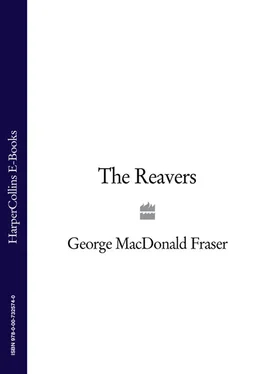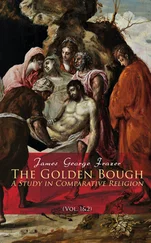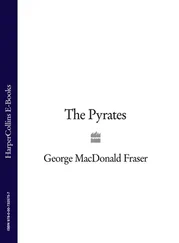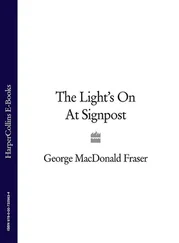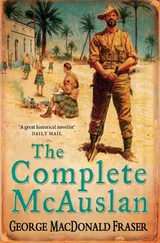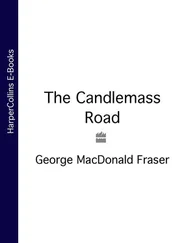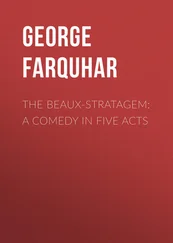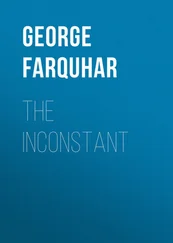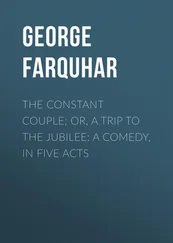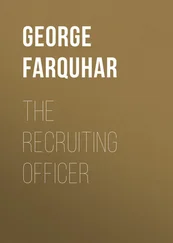“Abate these fancies, you’ll get over it,” counselled Kylie, setting compassionate arm round Godiva’s shoulders. “Sure, this Gilderoy is Superman on wheels, but the woods are full of them. Thy timely need is for a nice warm bath, a flask of peach brandy on the bedside table, and a good, long sleep …” The sound of hoof-beats and stern voices was heard outside the coach. “In the meantime, the marines have landed, so let us e’en compose ourselves – who knows, there may come now some gallant young officer whom you’ll want to bowl over, and ’tis not meet that the proud Godiva D. should be seen looking like a lovelorn bag lady.”
“Ah, little Kylie, so wise beyond thy years,” murmured Godiva, kissing her companion’s cheek. “Thy comfort is vain, I fear, yet would I requite thee for it.”
“No problem,” said Kylie promptly. “Lend me some of your spare jewellery, buy me a runabout coach ticket, and wish me luck.”
*Alert readers may think they have spotted an anachronism in this paragraph, since the first public performance of Macbeth did not take place until 1610. In fact, Godiva and Kylie had attended the sneak preview held in the 1590s, after which the play was shelved for more than a decade because Burbage refused to appear in a kilt.
*For the record, Gilderoy, alias Patrick Macgregor, was a dashing Scottish highwayman whose victims included Oliver Cromwell and Cardinal Richelieu (yes, he operated in France, too). He was famously handsome and well-dressed, and the lethal quality of his kisses is suggested by the ballad in Percy’s Reliques which refers to his “breath as sweet as rose”, and describes him as “sae trim a boy” with “two charming een” and “costly silken clothes”. No wonder Kylie was impressed.
On which tender note we end Chapter Two, with our Heroine in bittersweet turmoil, Gilderoy off with her bijouterie, and Kylie wondering hopefully if he’s got a younger brother, maybe. Elsewhere the surviving Charltons are emerging from the ditch, demanding Band-Aids and revenge, and as for Archie Noble’s supper … but let’s not talk about food just yet, for in a cave under the dreaded Eildon Hills things are happening which would ruin the keenest appetite…
The Eildons are those three peculiar eminences, rather like green slagheaps, which you see on crossing the border at Carter Bar. They’re just hills, but there’s something not quite canny about them in that regular landscape, and you’re not surprised to learn that legend links them with sorcery and black magic, for it was here that a celebrated medieval necromancer, mathematician, and Scotsman-on-the-make, Michael Scott, known locally as Mike the Magic, cast some of his best spells, when he wasn’t blinding the experts with legitimate science at the universities of Bologna, Toledo, Paris, and Oxford. He must have been pistol-hot, academically, but however sound he was on Aristotle, astronomy, and long division, his forte was wizardry, and long after his day the Eildons continued to be a sort of social centre for alchemists, witches, thaumaturges, Satanists, and enough supporting fiends and goblins to stock a Dennis Wheatley novel.
Especially in the sixteenth century, which is why we now approach the fearsome triple hills with wary tread, chewing garlic and muttering “Tripsaricopsem’ to ward off evil spirits, for it is still dead o’ night, and bitter cold wi’ sleet and wind, and as we stumble through the gullies, leaping three feet whenever a bat squeaks or a sheep rumbles, and Fearsome Shapes seem to come and go in the murk, frankly we’d rather be in Philadelphia. But this is where the plot is happening, down there in a dank and dismal cave at the very roots of the Eildons, where five sinister figures are seated about a boardroom table of polished black basalt, in the centre of which a cauldron has been sunk; it bubbles fitfully, and green steam wreathes along its rim – but this, like the ultra-violet fog carpeting the floor, and the spark-shimmering red glow visible in the arches ’neath the Exit and Toilets signs, is really no more than set-dressing to terrify the tourists. Likewise, the five s.fs. round the table may be eccentric, but they’re not supernatural, being perfectly ordinary Villains hatching the usual diabolic scheme of fiendish normality – mind you, it’s a pip, if we do say so, but there’s nothing necromantic about it, just political skulduggery on an earth-shattering scale which, if it succeeds, will play havoc with the history of our tight little island. Let’s look them over.
First, at the table head, looking like an emaciated Gandalf, is the Wizard – silver hair to his waist, a face that would split kindling, glittering eyes, long bony black gloves, gown of cobra fur covered with cabalistic signs, etc. But if his appearance is outlandish, there’s nothing other-worldly about the framed diplomas and group pictures hung on the nitre-streaked walls of his lair: honorary degrees from St Andrews and Tarzana, autographed likenesses of Ibn Khaldun, Cagliostro, and Roger Bacon, a pennant inscribed “Hold ’em, Yale”, and a colour print of the All Souls Come Dancing team with the young Wizard in a sequined jacket in the front row.
On his right at the table sits a paunchy, oily, utterly repulsive specimen in Gaudy Finery, hairy fingers a-glitter with gems, yellow jowls quivering and piggy eyes disappearing in folds of flesh as he munches candies from a silver comfit-box and washes them down with copious draughts of Malaga. Robert Redford he’s not, but the Spanish Ambassador to Scotland, Don Collapso Regardo Baluna del Lobby y Corridor, scion of one of the noblest houses of Castile and ancestor of at least one memorable Viceroy of the Indies in the next century. *He is perspiring freely, conscious that as an accredited envoy he’s got no business to be here, but orders are orders, so he has snuck down privily from Edinburgh, disguised as a prop forward for the Escurial Inquisitors who are due to compete in the Langholm seven-a-sides (a rotten pretext in his opinion, but it was King Philip’s personal brainwave, so who’s arguing?). Dropping off the team bus at Hawick, disguised in domino and snow-covered boots, he has made his way across country to this summit of evil.
Opposite him sits the reigning Scottish Traitor of the Year, Lord Anguish. Left to ourself, we would have dressed him in normal garb of the period, but since this is an American co-production he has got to wear a full outfit of the MacDali tartan, with a soft-watch sporran, red whiskers, golfing stockings, and a three-foot feather in his tam-o’-shanter. A ghastly sight, but wait till he starts talking, hoots awa’ wi’ ye and whigmaleeries being the least of it. He is half-drunk, and lolls och-ing and aye-ing in his chair, dunking a haggis sandwich in his goblet of Chivas Regal.
Fourth man up is an inscrutable monk, cowled, habited, and betasselled, whose marzipan features and beady currant eyes betray no emotion save when fanaticism grips him – at autos da fe , Inquisitorial interrogations, and Real Madrid home games – and his mask-like face hardens into cruelly ascetic lines, his currants glitter with a baleful light, and his lips contract into steel-trap implacability. Yes, Mr Pickwick one minute, Peter Cushing the next, that’s Frey Bentos, and you won’t be surprised to learn that he isn’t really a cleric at all, but an operative of the Spanish secret service, former head of their New World bureau (hence his Deep South accent), and now the Escurial’s top banana in charge of Operation Heretic, as the new super-plot is officially called. For several years Frey Bentos has been a mole, under cover as chaplain to old Lord Waldo Dacre at Thrashbatter Tower, where he ministers to the peasants, organises garden fetes, emcees concerts, and trains the pensioners’ bowling club, while secretly furthering King Philip’s vile machinations and waiting for Der Tag , or rather, La Dia. Lord Waldo had no idea what a tarantula was running his Sunday School; nor will Lady Godiva when she moves in. A worrying thought, but that’s the devildom of Spain for you.
Читать дальше
